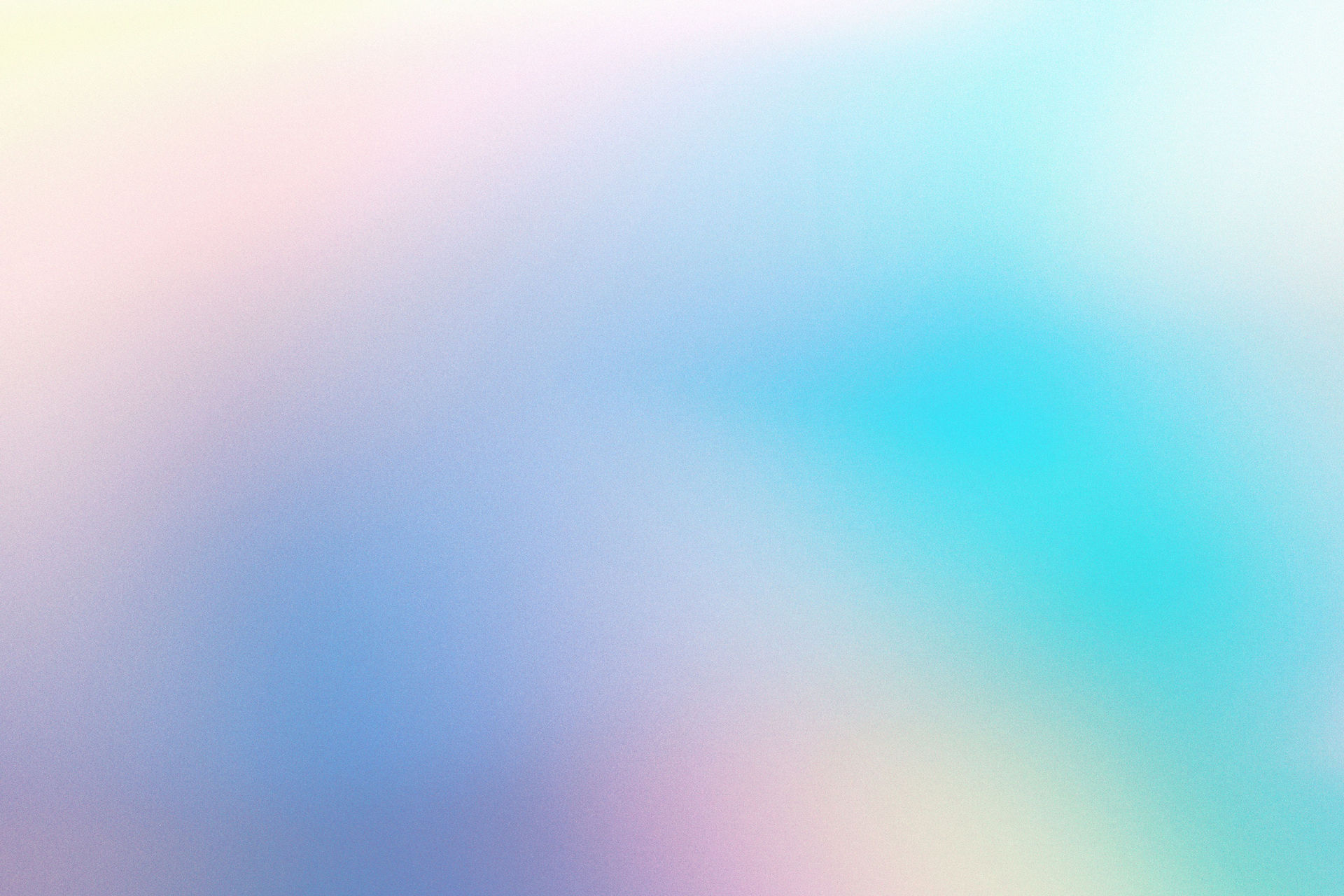
Beginning watercolor AT SUMMERFIELD
This page is a resource for Summerfield students with information on the class, materials, projects, and more.

Learn how to paint with watercolors
4th MONDAYS & 3rd Saturdays
Learn the basics of watercolor painting. We are covering the important foundational skills and ideas to develop your artistry. (More on that below.) there are several subpages here addressing things like our Calendar of Dates for the year; Supplies List; Class Projects; and Class Policies.
This page is where I'll post some fun results from our work together.
My teaching goal is to create a delightful experience and your feedback is always welcome.
SKILLS AND PROJECTS
We will cover every aspect of watercolor painting including these topics: laying down paint "wet-into-wet" versus "wet-into-dry," understanding and mixing color, brush work, glazing and negative painting, creating washes for beautiful underpaintings, using other media (e.g., salt, alcohol, "resist," and more) to effect, building good compositions, understanding the importance of value, how to do corrections and save a painting. There will be review each time because repetition is good and we will add to what we know as we go. I will provide an inspiration piece that you can print at home or look at on your phone for our project. I will also bring samples of completed paintings to show where we are going. Some of those I will post to this page below for your further reference.
NEXT CLASS/ PROJECT: April 28th -- terrific tulips project
